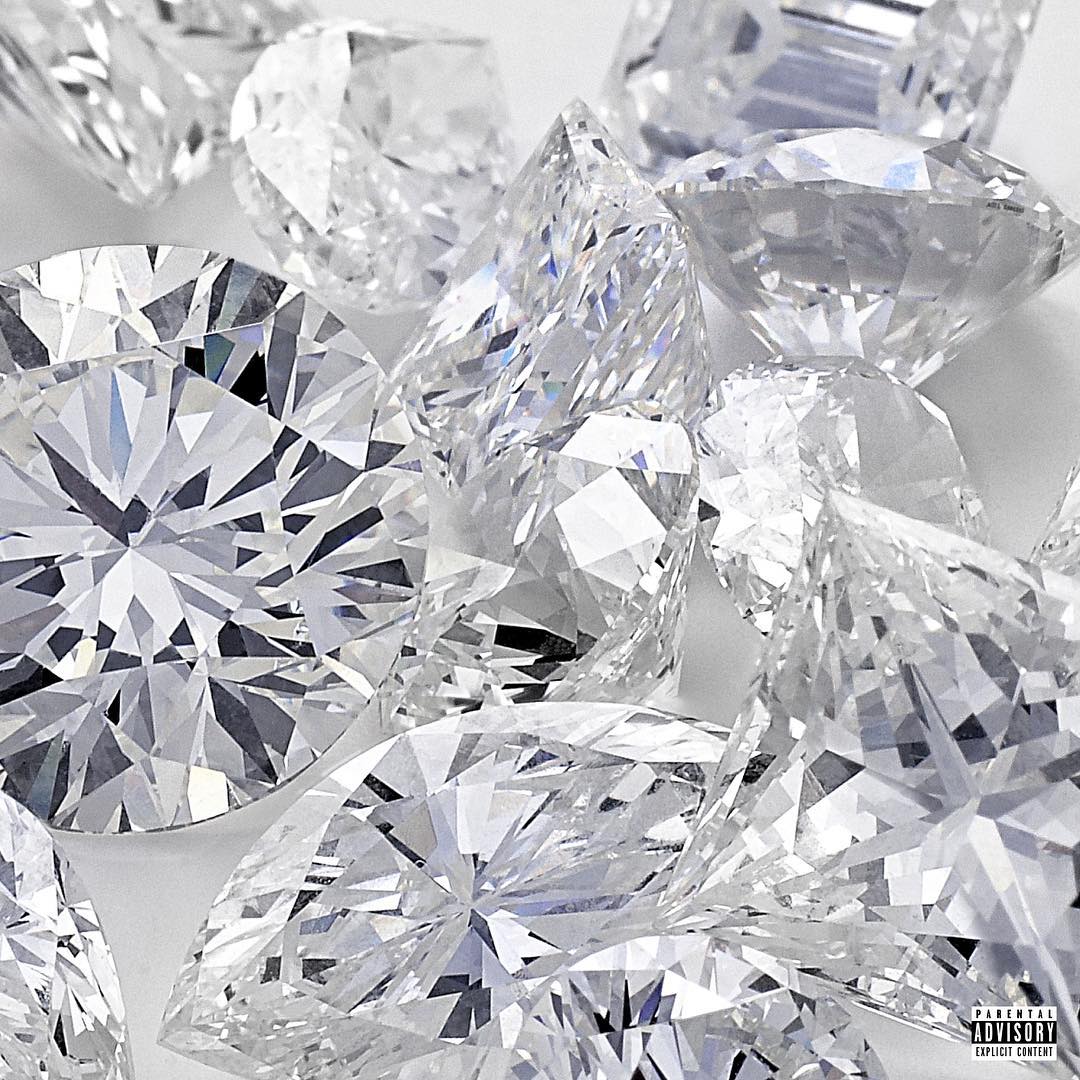What a time to be online.
Up until last week, Drake and Future's collaborative mixtape was nothing more than a collection of fake album art, thousands of antsy tweets and a smattering of conspiracy theories on Complex. Someone even went out of their way to set up a fake countdown website, prematurely announcing the project's release two days before it actually hit the web on September 20th. The mixtape quickly became as notorious and elusive as the rumored J Cole / Kendrick Lamar album and Frank Ocean's long-past-due sophomore effort, sending the Twitterverse into a frustrated tizzy. The widespread and unrelenting hype surrounding the mixtape attests to the deep influence Drake has on the internet; his particular brand of marketing thrives within the digital walls of social media.
Despite the fact that Drake is responsible for generating the bulk of the project's hype, What a Time to Be Alive belongs to his oddball collaborator Future.

Characterized by the codeine-tinged trap sounds of Future's recent studio release, DS2, What a Time to Be Alive feels more like a Future mixtape with a bevy of Drake guest verses than a truly collaborative effort. Produced almost exclusively by 22-year-old Metro Boomin, the tape is completely devoid of the R&B-referencing soundscapes Drake favors. Where Future sounds comfortable and perfectly at home, Drake sounds awkward and out-of-place.
Drake has spent nearly all of 2015 shedding his former aesthetic and public persona. With If You're Reading This It's Too Late, he made a stark shift away from the lush, subdued stylistic elements that launched him into mainstream consciousness and chose to work with grimier sonic material. He opted to stop stressing over exes and instead worry about restrictive record deals and the fake friends that come along with fame. On IYRTITL, he warned the world that he was a ruthless Canadian czar, and that not even former collaborators were safe from his wrath. He made good on his word during the drawn-out Twitter war that arose between him and former friend Meek Mill, as he took to internet memes and one-off diss tracks to assert dominance over his Philly-bred competitor.
Drake's appearance on What a Time to Be Alive is merely another effort of his to separate the new, "hard" Drake from the old, "soft," lint-roll-toting Drake of the past. By adapting to Future's style, Drake is not proving his versatility so much as his desire to be fully accepted by the hip hop community. His attempt to maintain authenticity while becoming the biggest crossover success in rap's history is well-intended, but is not particularly well-executed in this instance.
Future, on the other hand, shines within the familiar, grungy aesthetic of What a Time to Be Alive. Not only does he dominate the project's 11-track run, but he also delivers the majority of the hard-hitting verses and witty punchlines. His appearance on the tape is essentially a continuation of his DS2-fueled winning streak; Drake is merely along for the ride.
What a Time to Be Alive is an instant twitter classic because of Drake, but it has staying power because of Future.

